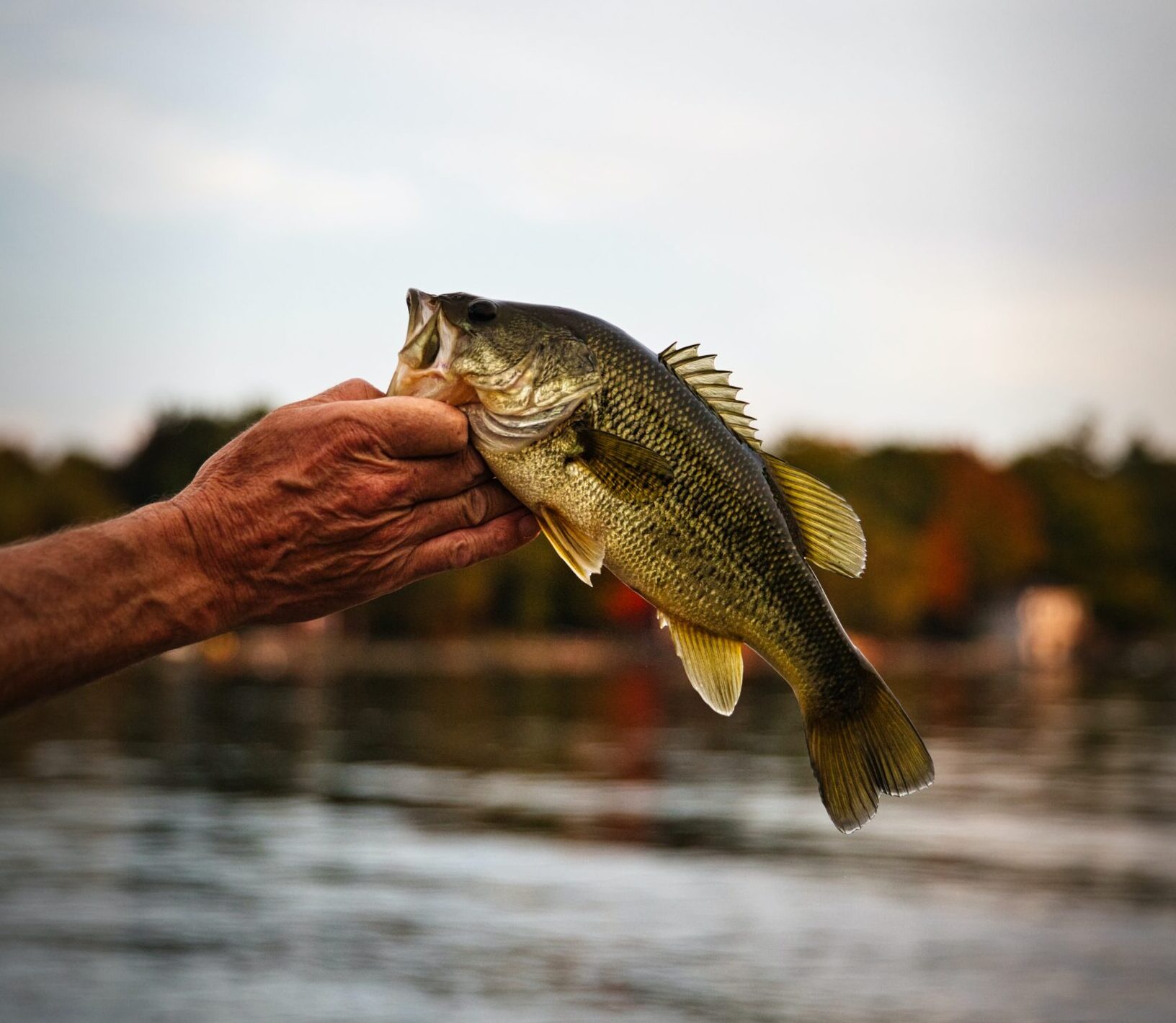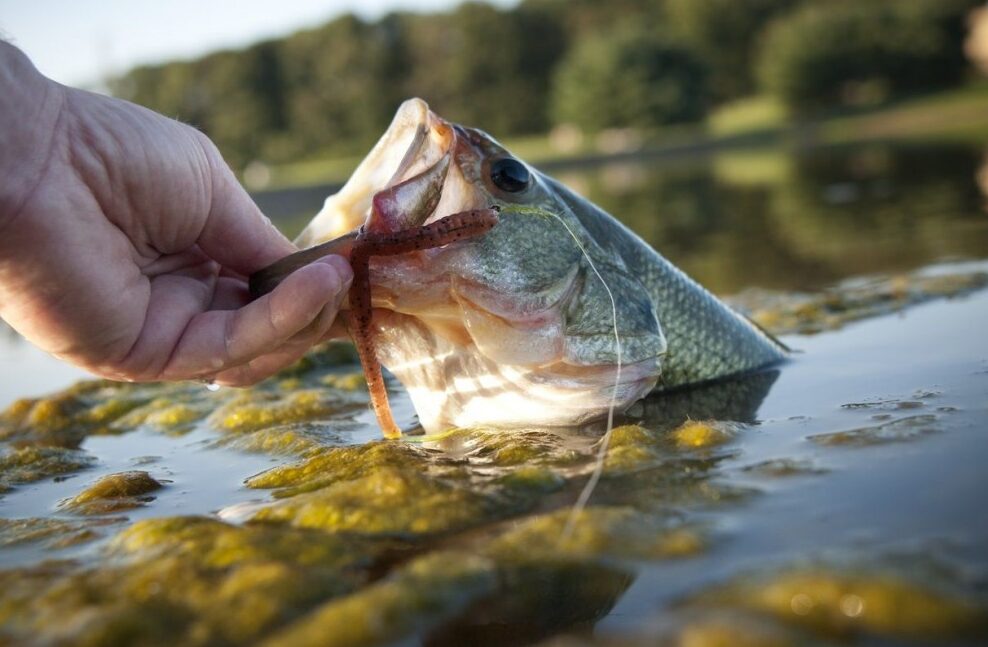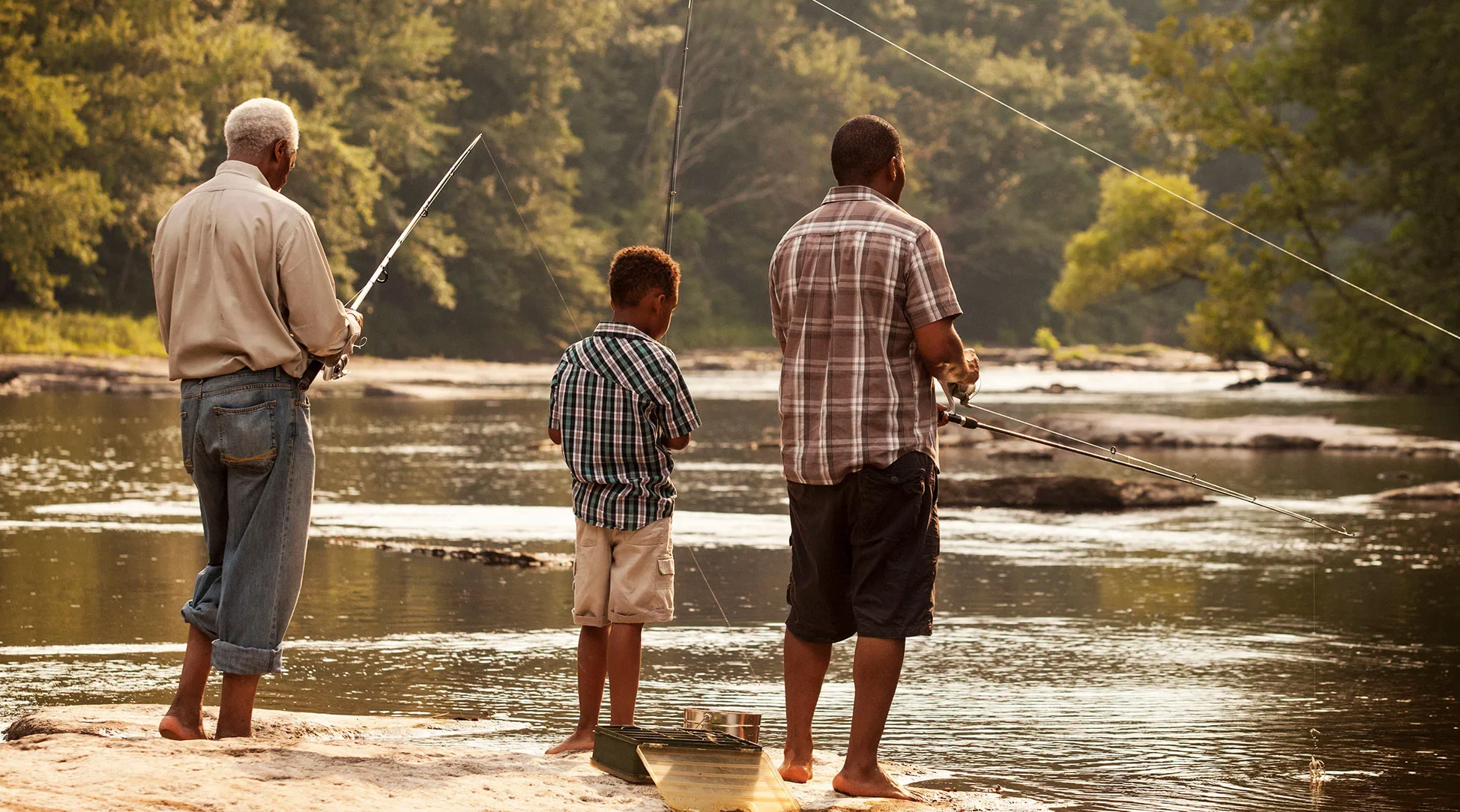Are you an avid angler looking to improve your bass fishing game? Or maybe a beginner trying to learn the ropes of this popular sport? Either way, you’ve come to the right place! Bass fishing is one of the most exciting and challenging types of freshwater fishing, and with the right techniques and strategies, you can reel in those big-mouthed beauties like a pro. In this blog post, we’ll cover everything from where to find bass to what lures and bait work best for these elusive fish. So grab your tackle box and let’s dive into some bass fishing techniques that will help you land both largemouth and smallmouth bass!
The Different Types of Bass
Bass fishing enthusiasts know that there are two main types of bass: largemouth and smallmouth. While they may look similar, there are some key differences between the two.
Largemouth bass have a large mouth that extends past their eyes, hence the name. They also have a greenish color on their backs with stripes along their sides. Largemouth bass tend to be found in warmer water and prefer areas with plenty of cover such as weed beds or fallen trees.
Smallmouth bass, on the other hand, have a smaller mouth that doesn’t extend past their eyes. They’re typically brown or bronze in color with vertical bars along their sides. Smallmouth bass can tolerate colder water temperatures than largemouth and are often found in rocky areas or near drop-offs.
While both types of bass require different strategies for catching them, don’t be surprised if you hook one while targeting the other!
Where to Find Bass
When it comes to bass fishing, finding the right location is essential. Bass can be found in a variety of bodies of water such as lakes, rivers, and ponds. One key factor to keep in mind is that bass prefer areas with cover and structure.
Largemouth bass tend to prefer shallow waters with plenty of vegetation such as weeds or lily pads while smallmouth bass are more commonly found around rocky structures and areas with clear water.
Another important consideration when looking for locations to fish for bass is the time of day. Early morning or late afternoon tend to be prime times for catching both largemouth and smallmouth bass.
It’s also important to pay attention to weather conditions. On cloudy days, bass may venture into shallower waters while on sunny days they may stay closer to deeper areas where there is more cover.
By taking all these factors into account, you’ll have a better chance at finding the perfect spot for catching both largemouth and smallmouth bass.
The Best Time to Fish for Bass
Timing is key when it comes to catching bass. As a result, knowing the best time of day to fish for bass can increase your chances of landing more fish. Generally, the best time to catch bass is in the early morning or late afternoon when they are most active and feeding.
During dawn and dusk hours, bass move towards shallow waters where they feed on baitfish that have moved closer to the shore overnight. As temperatures start to rise during midday, you may find that bass become less active and retreat into deeper water.
However, during overcast days or low-light conditions such as rainy weather or heavy cloud cover, bass tend to remain active throughout the day and continue feeding in shallower waters longer than usual.
Another factor that affects fishing success is seasonality. Bass tend to be more active during their spawning season which typically occurs between spring and summer months depending on location. During this period they will be found near shores with considerable vegetation cover where they spawn.
Understanding these different variables can help you determine when it’s best for you to head out onto the water for optimal fishing success!
What Lures and Bait to Use for Bass
When it comes to fishing for bass, using the right lures and bait is crucial for success. There are many different types of lures and baits available, each designed to attract bass in their own unique way.
One popular option among anglers is the plastic worm. These soft baits come in a variety of colors and sizes, allowing you to match the hatch and mimic natural prey. They can be fished weightless or with added weights depending on water depth and conditions.

Another effective lure for bass fishing is the crankbait. These hard-bodied lures imitate small fish or other prey that bass feed on, making them irresistible to hungry predators. Varying retrieval speeds can help you find what works best on any given day.
Topwater lures are another favorite among anglers targeting largemouth bass as they create surface disturbance that triggers strikes from below. Poppers, buzzbaits, frogs – all work well when used correctly.
Live bait such as shad, minnows or crayfish can also be highly effective in catching both largemouth and smallmouth bass. However it’s important to check local regulations before using live bait as some species may not be permitted.
Ultimately the type of lure or bait you choose will depend on factors such as location, time of year/seasonal patterns plus personal preference – so don’t hesitate experimenting!
How to Set the Hook When Bass Fishing
Setting the hook is one of the most exciting moments when bass fishing. It’s what separates a successful catch from a missed opportunity. But, it can be challenging for beginners to master. Here are some tips on how to set the hook when bass fishing.
Firstly, it’s important to wait until you feel a strong tug before setting the hook. This means waiting until you feel weight at the end of your line and not just nibbling or small bites. When you do feel that strong tug, quickly jerk your rod upwards with enough force to embed the hook into the fish’s mouth.
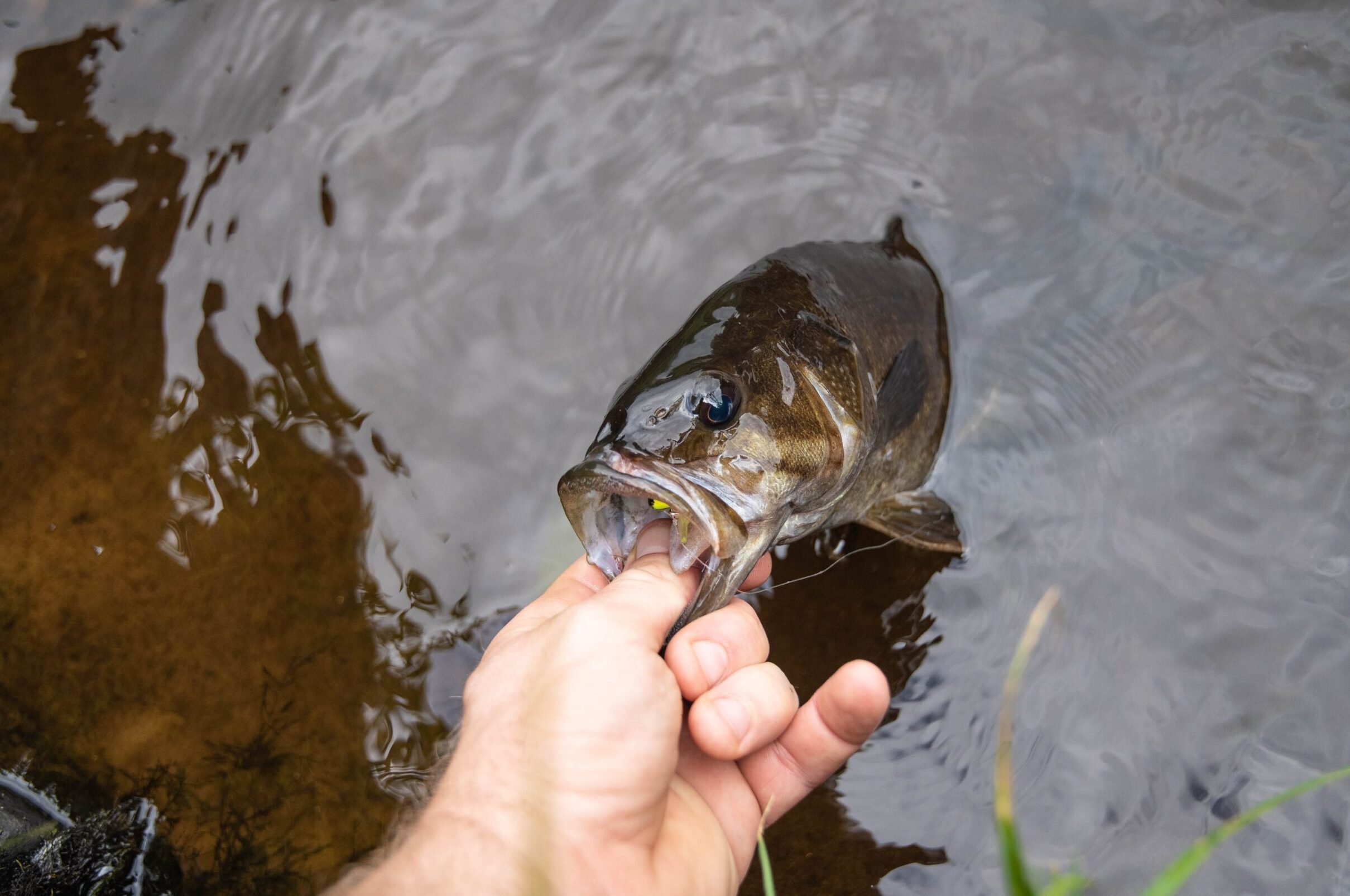
Secondly, timing is crucial when setting the hook. You want to make sure that you set it as soon as possible after feeling a bite but not too early where there isn’t anything substantial in its mouth yet.
Remember not to overdo it! Setting hooks too hard can cause damage or even break off if done improperly – so be careful and take things slow and steady while keeping tension on your line throughout this process!
Tips for Catching Largemouth Bass
When it comes to catching largemouth bass, there are a few tips that can help increase your chances of success. First and foremost, it’s important to understand the behavior and habits of these fish. Largemouth bass prefer warmer water temperatures, so they tend to be more active in the summer months.
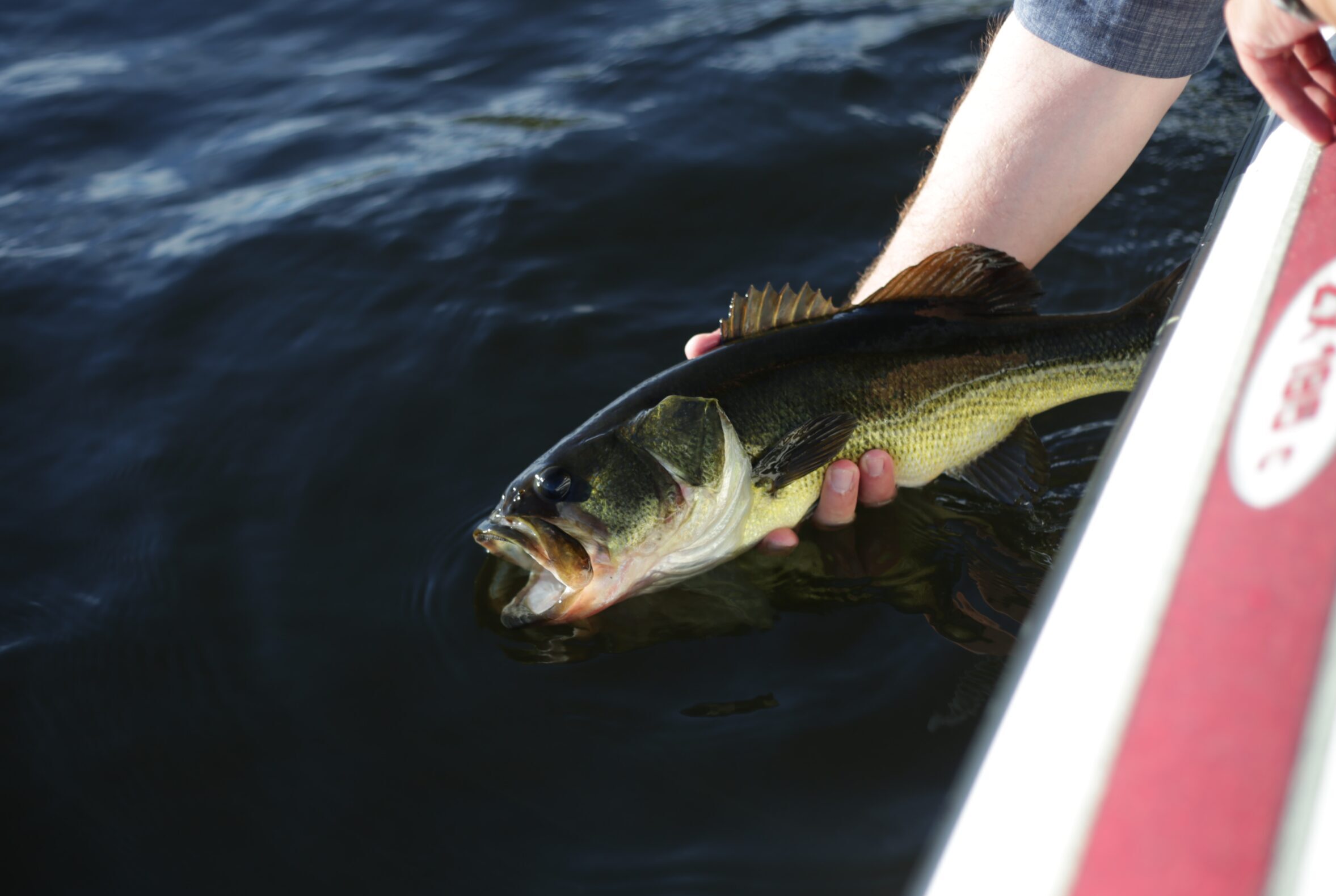
One effective technique for catching largemouth bass is using topwater lures. These lures mimic insects or small creatures that may be on the surface of the water, attracting the attention of hungry bass below. Another successful method is using plastic worms or jigs, which can be fished along weed lines or other underwater structures where large mouthed bass like to hide.
It’s also important to pay attention to weather conditions when fishing for largemouth bass. Overcast days with a light chop on the water can create ideal conditions for fishing as this stimulates feeding activity among these fish species.
Another tip worth mentioning is patience. Often times it takes time for a bite so don’t get discouraged if you’re not getting any bites right away! Keep trying different bait options until you find what works best in your location and environment because each body of water has unique characteristics that affect how fish behave in those areas.
Tips for Catching Smallmouth Bass
With these tips for catching smallmouth bass, you are well on your way to mastering the art of bass fishing. Remember to use the right gear and techniques, and try different lures until you find what works best in your location. Also, always be aware of the season and conditions as they can greatly affect how fish behave.
Don’t forget that catching fish isn’t just about the catch itself. It’s also about enjoying being outdoors and spending time with family or friends. So take some time to appreciate nature and enjoy yourself while trying out these tips for catching smallmouth bass! Happy fishing!
